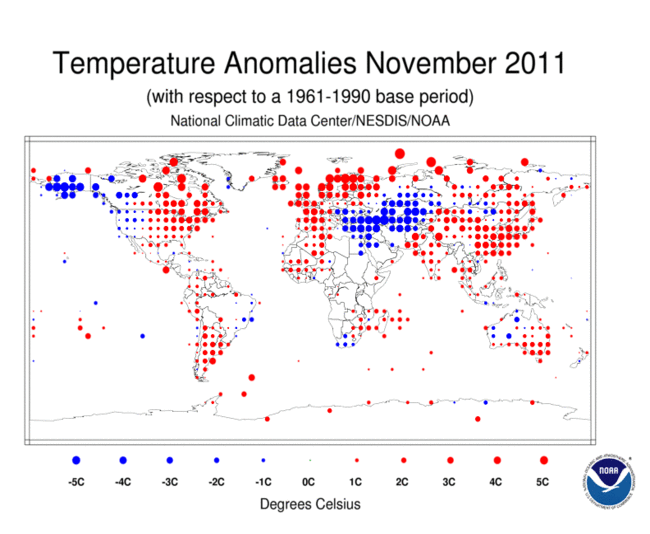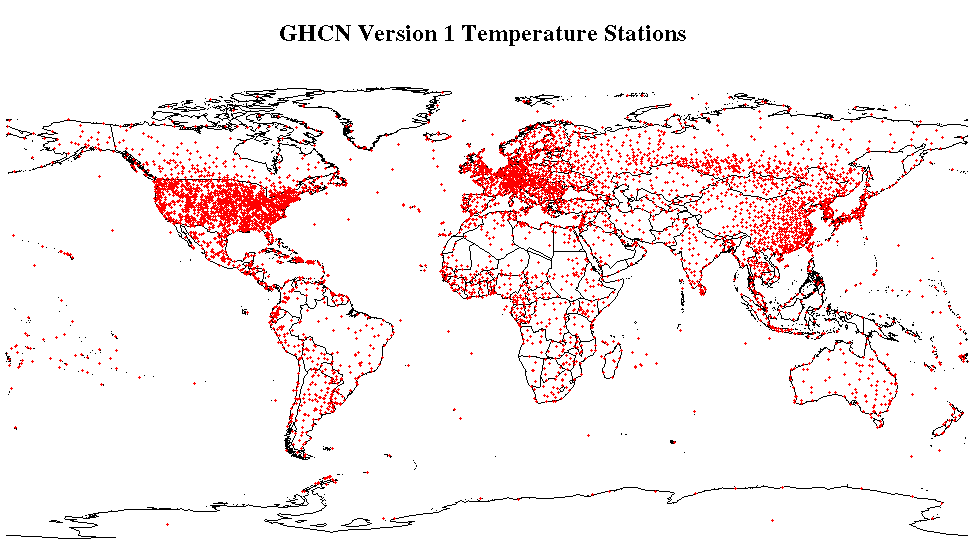edthecynic
Censored for Cynicism
- Oct 20, 2008
- 43,044
- 6,883
- 1,830
Hey, Kaptain Kool-Aid, red means warming! It is Southwestern Europe that shows cooling! CON$ervative know-it-alls can't even read a chart!The point was that the largest anomoly dots are where the fewest data collection stations are located and as coverage decreases the anomoly increases.
You might try getting a better image of the GCN map as well. If you look at one with decent resolution, it is clear that the areas in northern europe that are well covered are showing cooling, while areas with hardly any coverage are showing the greatest warming trends; and as coverage decreases, the anomoly increases.
Does this not raise red flags for you?
Warming: Drinking the kookaid has been proven to sharply decrease critical thinking ability.









 )
)
